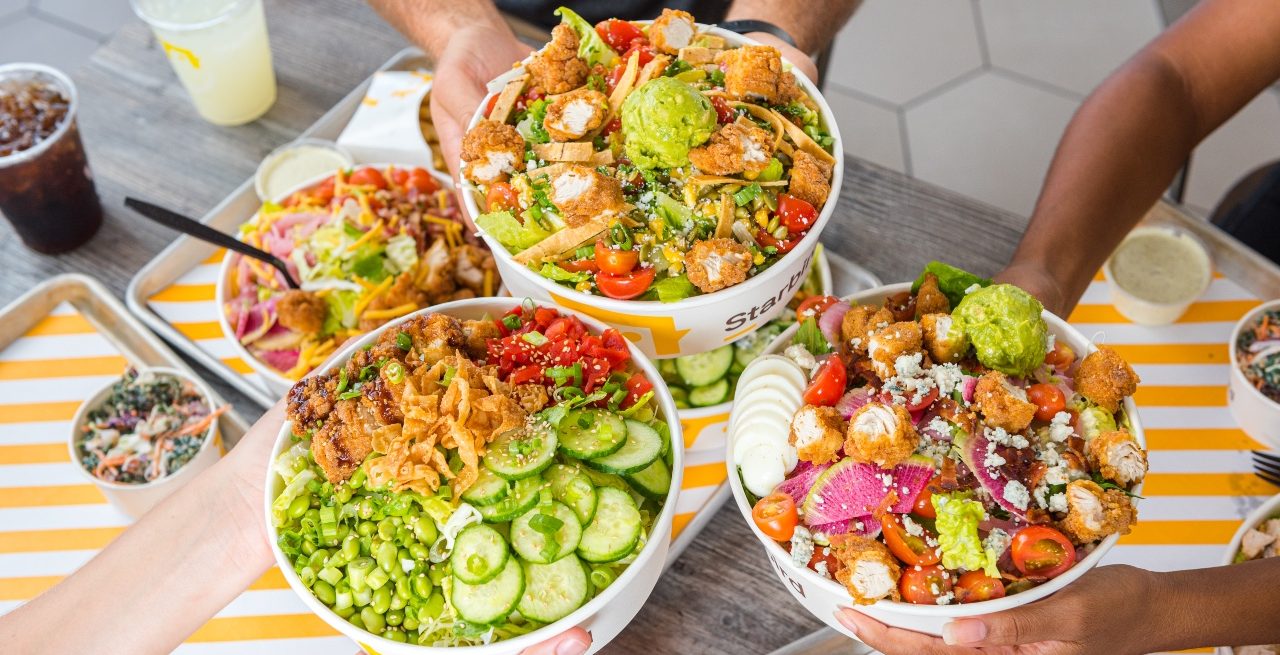Starbird’s Salad-Centric Strategy: Betting on Better for You
3 Min Read By Aaron Noveshen
The fast-food category is undergoing a major transformation. Consumers no longer see better-for-you offerings as a niche, but they expect them to be integral to the menu. Brands that rise to meet this expectation with intentional, data-informed strategies can unlock powerful business outcomes.
This is about more than chasing trends. It’s about understanding what today’s guest values and delivering on those values with authenticity and consistency. From ingredient sourcing to culinary creativity and digital engagement, every element of a better-for-you strategy should work together to build trust and keep guests coming back.
Over the past four years, the salad category at Starbird has grown by 90 percent, now accounting for more than 35 percent of total sales. These results reflect a strategic approach to menu development that goes far beyond simply offering a healthier option. They point to a model fast food brands can replicate to win in today’s better-for-you…
Sorry, You've Reached Your Article Limit.
Register for free with our site to get unlimited articles.
Already registered? Sign in!

